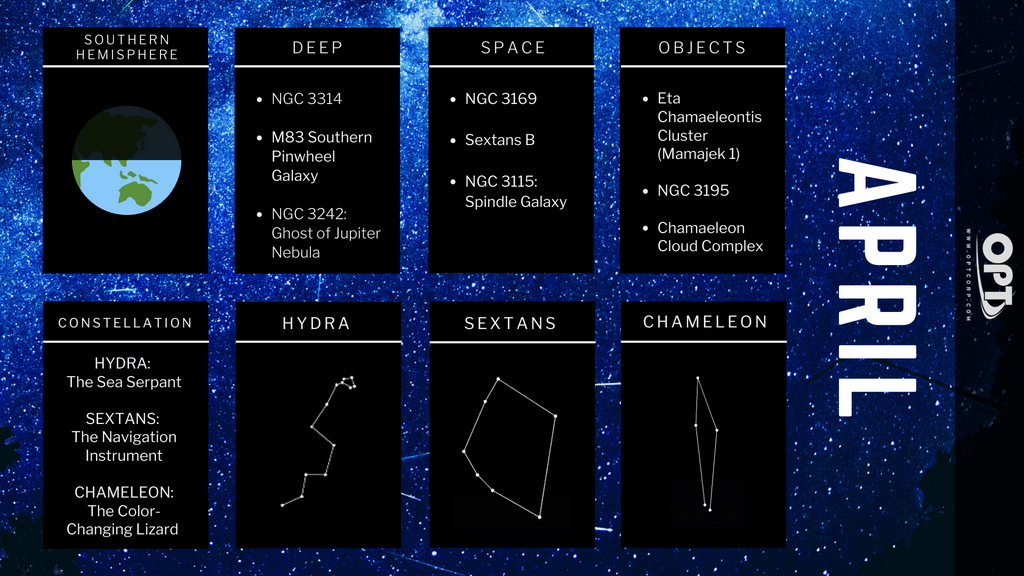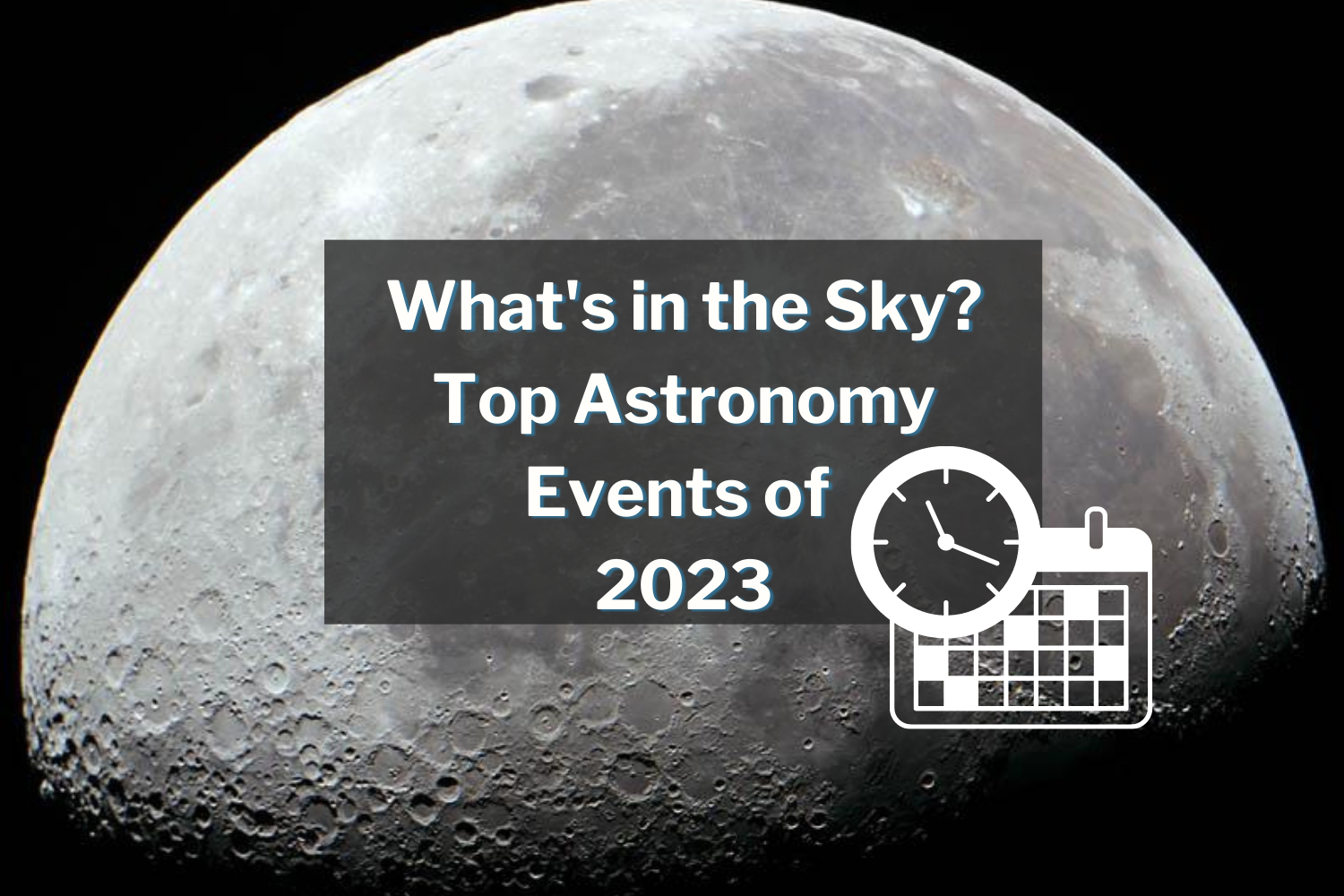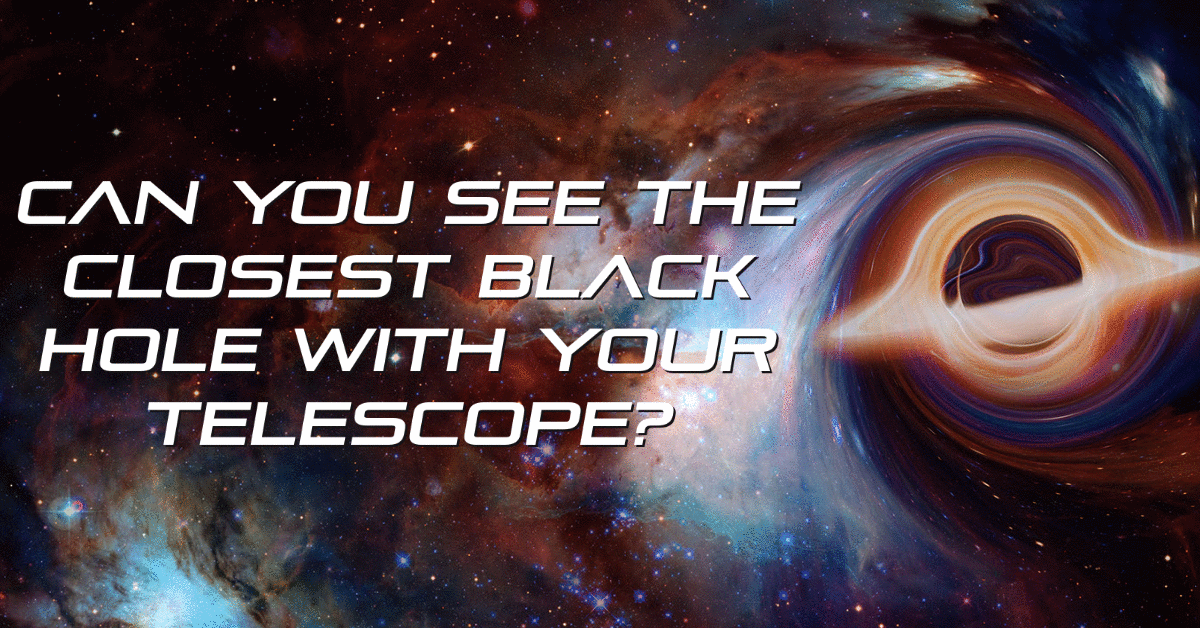Astronomy Events for April 2021
Plan ahead for these astronomy events happening in the night sky April 2021. We’re cruising through galaxy season and what better months than now to observe or image galaxies, and photograph the Milky Way.
Check out our deep space camera guideor our Milky Way Equipment Guide for gear inspiration.
METEOR SHOWER AND MOON PHASES

April 12 - New Moon
A new Moon happens when the Moon is located on the same side of the Earth as the Sun. This is the best time of the month to observe faint objects such as galaxies and star clusters.
April 22, 23 - Lyrids Meteor Shower
The Lyrids is an average shower, which means it produces about 20 meteors per hour at its peak. The meteors are produced by dust particles left from comet C/1861 G1 Thatcher. It runs every year from April 16-25 but peaks this year on the night of the 22nd into the early morning of the 23rd. The almost full Moon will make it hard to see the less brighter ones but finding a dark sky location can help. The best viewing time will be after midnight.
April 26 - Full Moon, Supermoon
This supermoon of 2021 was known to some early Native American tribes as the Pink Moon because it marked the appearance of moss pink, or wild ground phlox, which is one of the first spring flowers.
For the more advanced astronomers, we’ve compiled a list of deep space objects to look for in spring! Not advanced but interested in deep space objects? We've compiled a list of the best apps to use for astrophotography to give you some extra help!
If you're posting your images on social media, make sure to use the hashtag #OPTeam for a chance to be featured on our Instagram page!
Northern Hemisphere Constellations
Ursa Major
M81 Bode’s Galaxy
Bode’s Galaxy is home to over 250 billion stars. It is the largest galaxy known to be moving toward us (not any time soon). The best time to see it is in the spring!
M101 The Pinwheel Galaxy
The Pinwheel Galaxy has an apparent magnitude of 7.86 and lies at a distance of 20.9 million light years from Earth. It’s estimated to have 1 trillion stars!
M108 The Surfboard Galaxy
The Surfboard galaxy lies at an approximate distance of 45.9 million light years from Earth and has an apparent magnitude of 10.7.
Leo
M65
M65 is about 35 million light years from Earth and is one of the three parts to the Leo Triplet (M66 Group, a group of galaxies).
M66
M66 is about 36 million light years from Earth and has an apparent magnitude of 8.9. It is the brightest and largest member of the Leo Triplet.
NGC 3628
The Hamburger Galaxy is the faintest member of the Leo Triplet. It’s known for its wide equatorial band of dust and a grand tidal tail, spanning approximately 300,000 light years! NGC 3628 is the faintest member of the Leo Triplet.
Leo Minor
Hanny’s Voorwerp (Difficult to target)
Hanny’s Voorwerp, nicknamed the Green Blob, is an ionized cloud the size of a small galaxy, illuminated by the radiation from the giant black hole at the heart of the nearby spiral galaxy IC 2497. The origin of Hanny’s Voorwerp is still unknown. Photographically, it appears as a bright blob close to spiral galaxy IC 2497. It's a very difficult target to capture but worth the shot!
NGC 3504
This barred galaxy is still in its early phase of its evolution when compared to other barred spiral galaxies. Its galactic nucleus has a vast amount of molecular gas.
NGC 3021
NGC 3021 is a small spiral galaxy in the constellation Leo Minor. It is about 100 million light-years away from Earth.
Southern Hemisphere Constellations
Hydra
NGC 3314
NGC 3314 is a pair of overlapping spiral galaxies between 117 and 140 million light-years away from Earth. This pair belongs to the Hydra Cluster, a group of 157 bright galaxies.
M83 Southern Pinwheel Galaxy
A barred spiral galaxy with a spatial diameter of about 55,000 light years, or roughly half the size of the Milky Way! M83 is one of the nearest and brightest barred spirals in the sky to Earth.
NGC 3242 Ghost of Jupiter Nebula
It’s frequently called the Ghost of Jupiter due to its similar size to the planet, but it is also sometimes referred to as the Eye Nebula. The nebula measures around two light years long from end to end.
Sextans
NGC 3169
NGC 3169 is a spiral galaxy about 75 million light years away. There is an asymmetrical spiral arm and an extended halo around the galaxy.
Sextans B
A bright dwarf irregular galaxy Sextans B is 4.44 million light-years away from Earth and it also contains a massive globular cluster.
NGC 3115 Spindle Galaxy
NGC 3115 is several times bigger than the Milky Way and about 32 million light-years away from Earth.
Chameleon
Eta Chamaeleontis Cluster (Mamajek 1)
A young open cluster and is barely visible to the naked eye. This cluster is located about 310 light years away from the Sun!
NGC 3195
This planetary nebula is the most southern of all the bright planetary nebula in the sky, it remains invisible to all northern observers.
The Chamaeleon Cloud Complex
The Chamaeleon complex is a large star forming region (SFR) that includes the Chamaeleon I, Chamaeleon II, and Chamaeleon III dark clouds. It occupies nearly all of the constellation Chamaeleon and overlaps into Apus, Musca, Carina and Octans.
Curious what events are happening the rest of 2021? Check out this 2021 astronomy calendar or download it and save it for later.
Clear skies! 🔭✨













